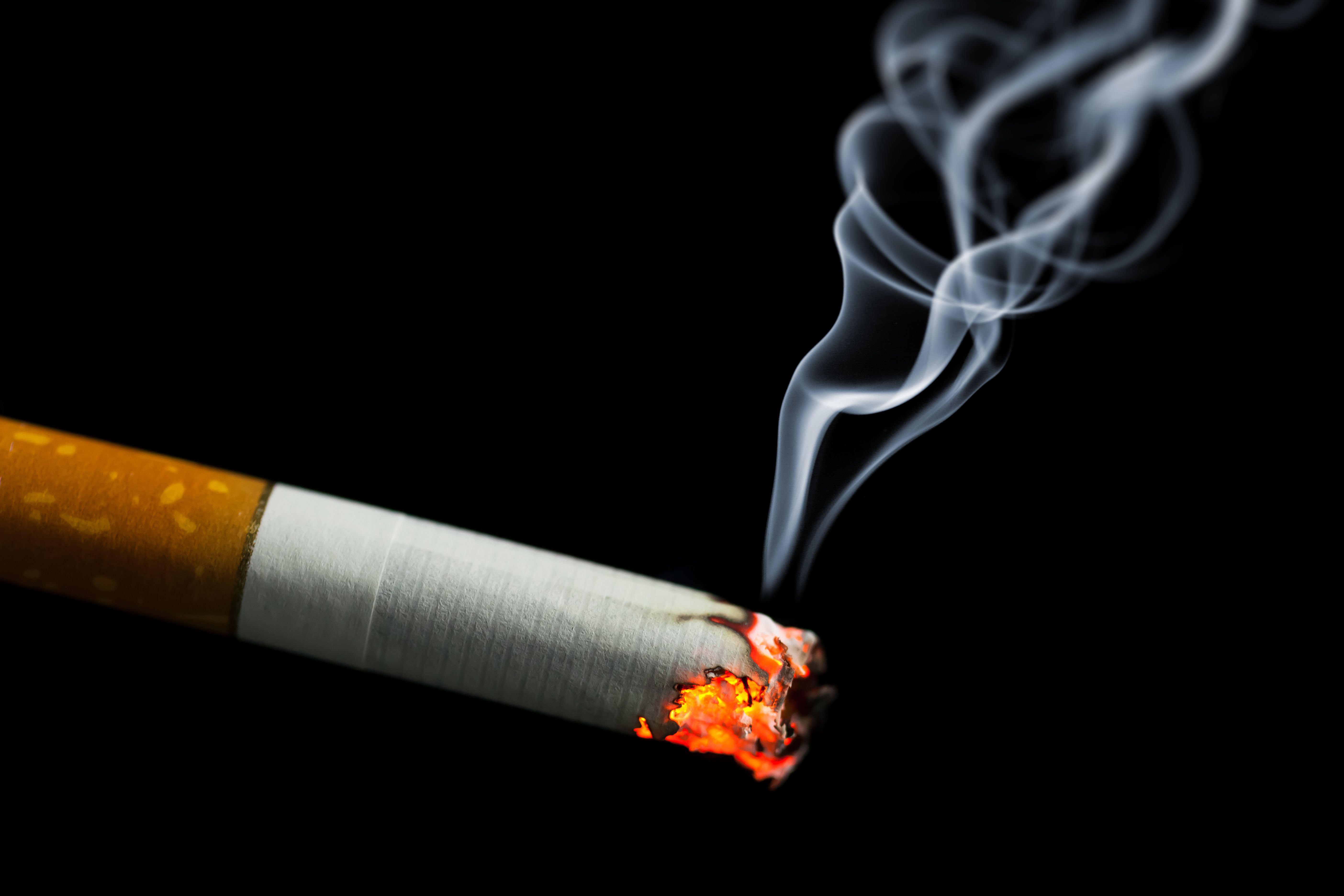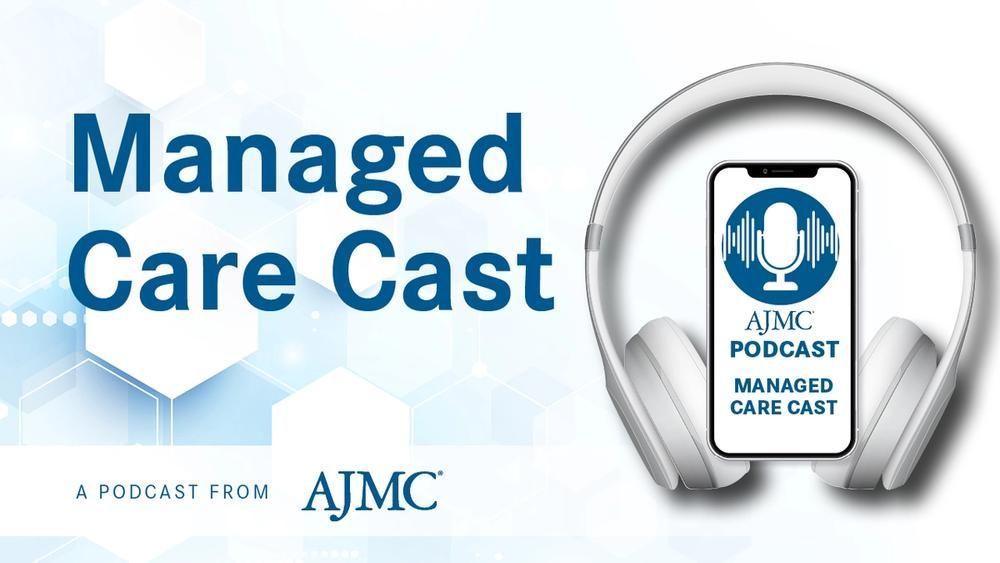News
Article
Pain Linked to Greater Cigarette, E-Cigarette, Cannabis Use Among Cancer Survivors
Author(s):
Key Takeaways
- Greater pain intensity in cancer survivors correlates with increased cigarette, e-cigarette, and cannabis use, but decreased alcohol consumption.
- Chronic pain prevalence among cancer survivors is projected to rise, necessitating improved pain management strategies.
These new data highlight the need for improved pain management among patients with cancer and survivors.
Greater pain intensity in cancer survivors has been linked to increased cigarette, e-cigarette, and cannabis use but lower alcohol consumption, according to a study published in Cancer.1
About 30% of cancer survivors meet the criteria for chronic pain, typically defined as pain for 3 or more months, with rates up to 50% among those with advanced disease.2 The prevalence of chronic cancer-related pain is projected to increase as survivors age and live longer after diagnosis.1 The researchers emphasized the call to improve pain management and other treatment-related adverse effects among this population.
As pain and nonopioid substance use frequently co-occur in the general population, recent research has begun to examine this among cancer survivors. Past research suffered from various weaknesses, like focusing on a single substance and excluding those with cancer-related pain.
The researchers used 2 national datasets to characterize pain related to nonopioid substance use. They also explored pain and substance use in relation to mental health, perception of physical health, health-related quality of life (HRQOL), and other treatment-related symptoms. Regression analyses were conducted separately by study.
Pain in cancer survivors is linked to higher cigarette, e-cigarette, and cannabis use but lower alcohol consumption. | Image Credit: nikkytok - stock.adobe.com

One dataset used was the PATH study, a household-based, longitudinal, representative cohort study of US adults and youth. The researchers analyzed the 1252 adults who self-reported a history of cancer in Wave 6, spanning March to November 2021. Among these patients, there was a weighted prevalence of 31% reporting current cancer and 69% reporting cancer in remission. Most cancer survivors were aged 65 or older (60%) and White (about 88%). Also, the average past-week pain intensity was 3.06 of 10 (95% CI, 2.89-3.24; P = .043).
In this cohort, greater past-week pain intensity was associated with greater odds of cigarette smoking (adjusted OR [aOR], 1.34; 95% CI, 1.26-1.42; P < .001), e-cigarette use (aOR, 1.22; 95% CI, 1.07-1.39; P = .003), and past 30-day cannabis use (aOR, 1.17; 95% CI, 1.09-1.26; P < .001). Conversely, cancer survivors with greater past-week pain intensity were less likely to report past 30-day alcohol use (aOR, 0.89; 95% CI, 0.85-0.95; P < .001).
Both past-week pain and cigarette smoking were independently associated with greater fatigue (P < .010 for all) and emotional problems (P < .004 for all). They were also both independently associated with poorer mental, physical, and overall health (P < .001 for all), along with lower HRQOL (P < .001 for all). Similarly, past 30-day cannabis use was associated with lower self-perception of mental health (P = .002). However, past 30-day alcohol use was associated with greater reported overall and physical health (P < .001 for all), as well as greater HRQOL (P = .004).
Similar patterns were observed in the NHIS study, an annual cross-sectional household survey of the US civilian community-dwelling population sponsored by the National Center for Health Statistics. The researchers used the 2020 release due to its assessment of chronic pain and other related variables. Therefore, the analyses were limited to 4130 adults who self-reported a history of cancer.
The most common cancer types reported included prostate (28.30%), breast (17.7%), and cervical (9.64%), with the average number of reported cancer types being 1.81 (95% CI, 1.16-1.20). Among the study population, the weighted prevalence of chronic pain was 35.81% (95% CI, 34.01%-37.64%).
Those with chronic pain were more likely to report cigarette smoking (aOR, 1.65; 95% CI, 1.25-2.18; P < .001) and e-cigarette use. There was no association of chronic pain status with either past 30-day alcohol use (P = .263) or binge drinking (P = .703). Instead, chronic pain was associated with lower odds of current alcohol use over the past 12 months (aOR, 0.69; 95% CI, 0.58-0.81; P < .001).
Like the PATH study, cigarette smoking and chronic pain were associated with greater difficulties falling and staying asleep (P < .001 for all). They were also independently associated with a greater frequency of anxiety, depression, and poorer perception of overall health (P < .001 for all). Conversely, current alcohol use was related to a better perception of overall health (P < .001).
The researchers acknowledged their study’s limitations, including its reliance on self-report data. Also, the study’s cross-sectional design limits the ability to draw causal inferences. Despite these limitations, the researchers suggested future actions based on their findings.
“These findings emphasize the need to assess both pain and non-opioid substance use among cancer survivors, develop interventions that simultaneously address both concerns, and improve policies for pain management among this vulnerable population,” the authors concluded.
References
1. Powers JM, LaRowe LR, Rubenstein D, Paice JA, Hitsman B, Rini CM. Relationship between pain and non-opioid substance use in two national samples of cancer survivors. Published online February 10, 2025. Cancer. doi:10.1002/cncr.35701
2. Snijders RAH, Brom L, Theunissen M, van den Beuken-van Everdingen MHJ. Update on prevalence of pain in patients with cancer 2022: a systematic literature review and meta-analysis. Cancers (Basel). 2023;15(3):591. doi:10.3390/cancers15030591











